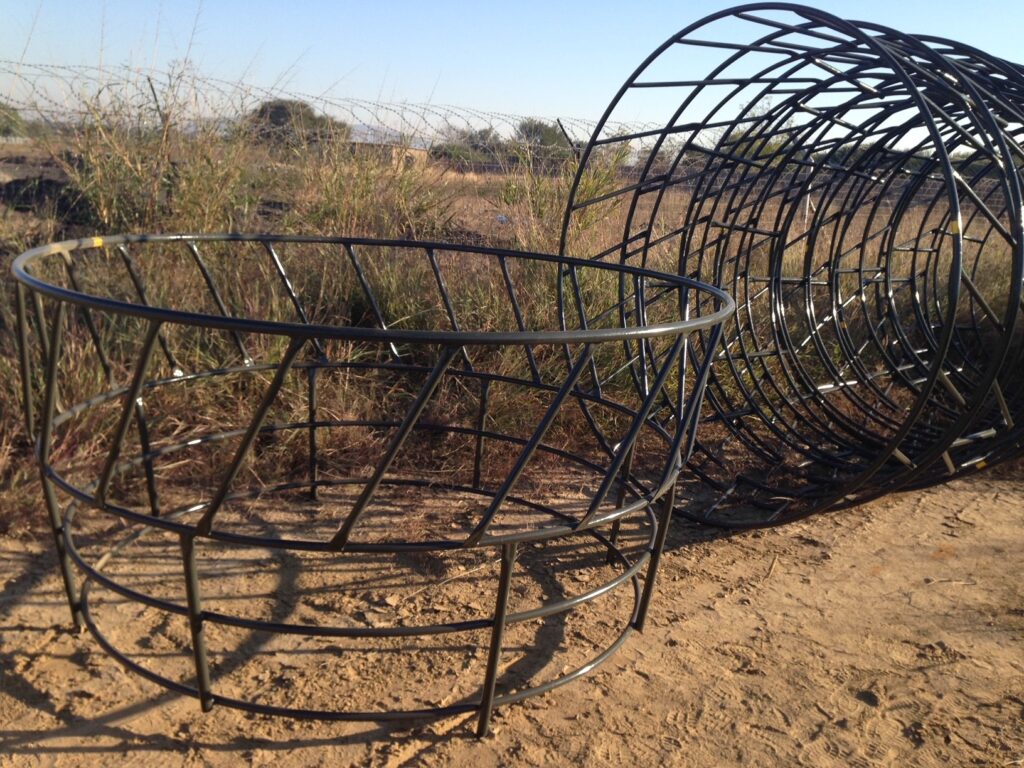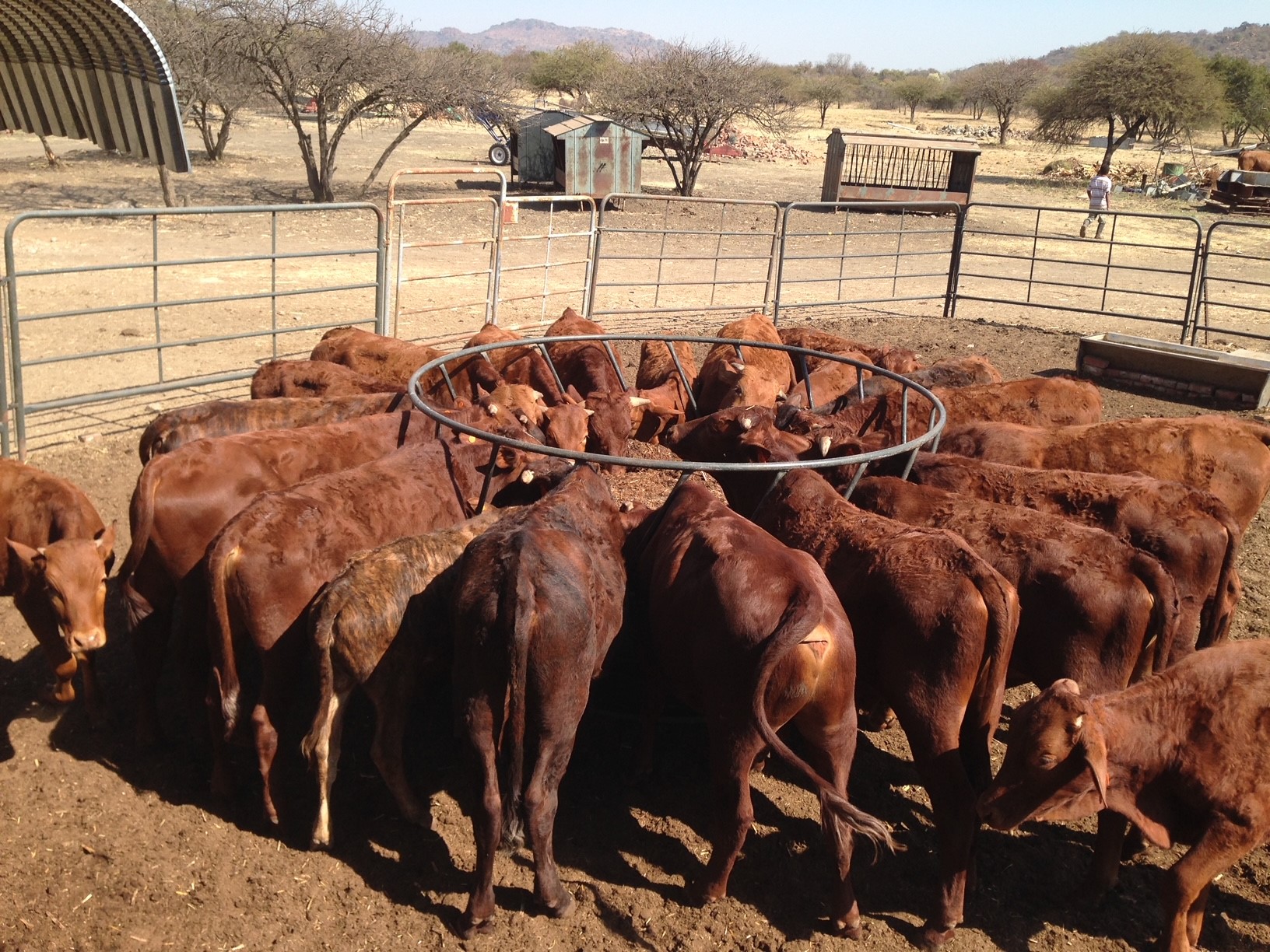Greg Talbot from Tal-Tec, a specialist in the design and manufacturer of livestock management and control solutions, talks about the features of his company’s feeder solutions.
“We at Tal-Tec manufacture a range of feeders for cattle, sheep and goats – and they are all different,” begins Tal-Tec’s MD, Greg Talbot. “Feeders,” he continues, “are broadly categorised into key areas: for high-volume grass and bales; or for grain, meal and nutritional supplements.
For handling the high volumes associated with grass and hay bales, farmers typically use ring feeders, also known as hay savers. Here the feed is placed inside a ring and, to get access to it, the animal has to push its head between sloping parallel bars that form the outer ring. The cattle eat with their heads inside the ring and, to leave the ring, the animals have to manoeuvre their head to escape from the sloping bars, shaking off any excess grass in the process. This has the effect of keeping all the uneaten grass inside the ring, which is important because grass outside the feeder will get trampled and won’t be eaten by any of the animals.
“So the sloping design of the access slots in our Tal-Tec ring feeders minimises waste, which helps to lower farming costs,” Talbot explains, adding that while the bigger ring feeders are designed for cattle, smaller versions are available for sheep or goats.
“The other side of animal feeders is for feeding grain, meal or supplements, and here we have self-feeder design, which is built like a little house with a covered roof. The feeder incorporates a hopper with a trough the bottom. As the animals eats from the trough the feed falls through from the hopper above to keep the trough full,” Talbot explains.
Being protected from the elements makes these self-feeders ideal for supplements. “We have three use scenarios for our self-feeders. The first is on the pastures when the animals are feeding off the green grass, typically in summer. At these times they need phosphate supplements to help strengthen their skeletal structures in preparation for the dry months of winter.

The second use category for self-feeders is in winter when the grass is very dry and it is often dark outside. In these months, animals are fed a protein and urea supplement through a self-feeder. “Urea helps to convert the dry grass in the rumen in the animal, often described as a ‘fermentation vat’, where bacteria in the stomach is used to digest and convert the dry and fibrous grasses. Typically at this time, cattle will need about a kilogram of these supplements every day,” Talbot explains.
The third use for self-feeders during the calving season in spring. In South Africa, the early rains are often light, so there is not always enough green grass for cows carrying calves. So self-feeders are used to provide protein-rich energy supplements for the calving mothers in the last phase of gestation,” he says, adding that as with the ring feeder, self-feeders are designed to protect the feed and supplements from the elements and minimise waste.
“In winter, all the animals on a farm need to be able to feed at the same time, so the farm would need enough ring feeders for every animal to have their own gap. Each ring – typically 2.3 to 2.4 m in diameter for cattle – can accommodate 20 animals, so for a herd of 1 000 the farm might need 50 separate ring feeders,” he explains.
“We can also provide enclosures around feeders, so that, for example, only calves can get access to the supplements they need, which is particularly important for weaners. “And Tal-Tec can provide all of these and a host of customised feeder solutions to suit cattle, sheep and goats,” Greg Talbot concludes.









